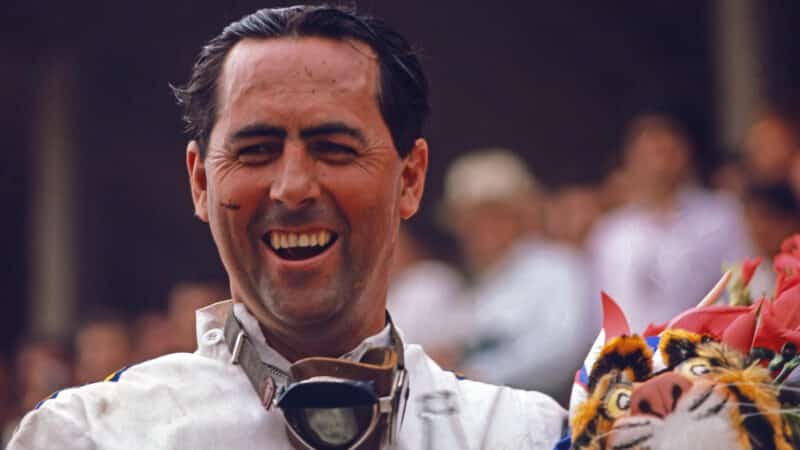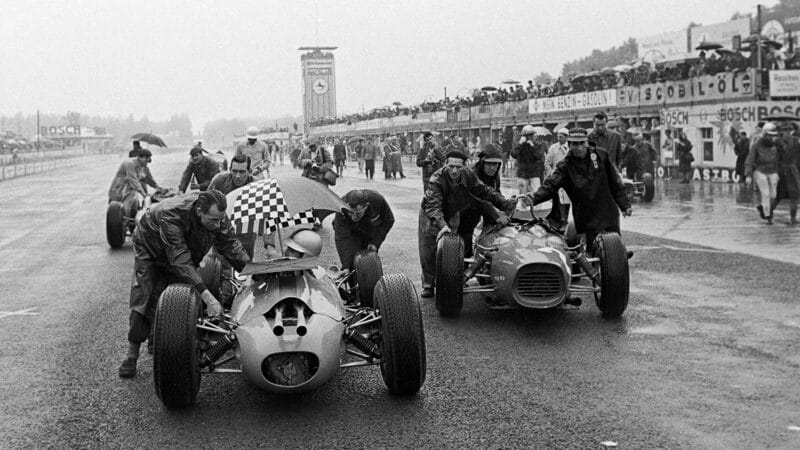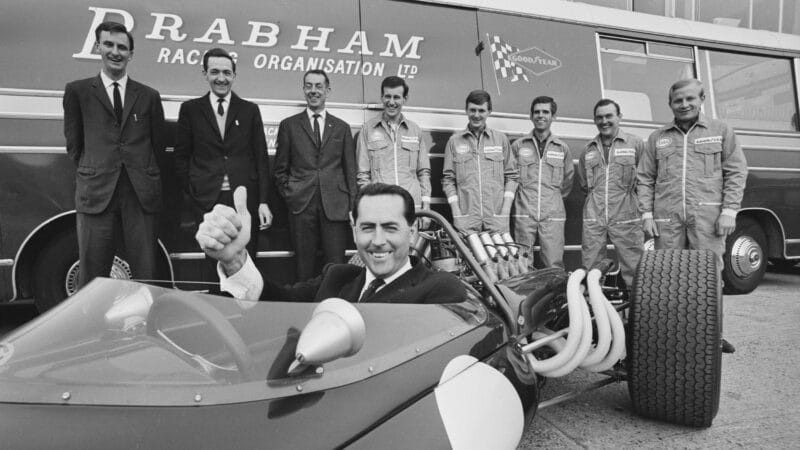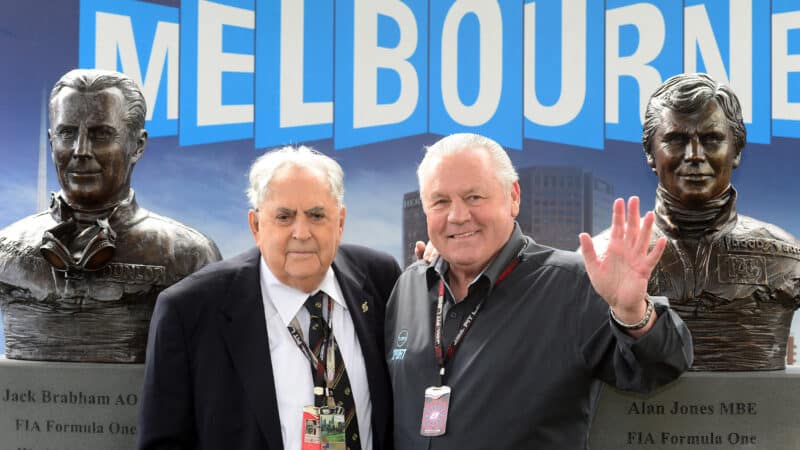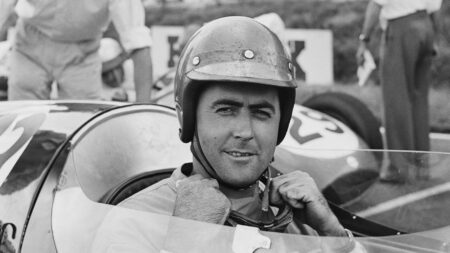Dennis was silent for a while after I told him my Brabham story, which is his normal preamble to framing a reply, then he looked up and to the left, which is what he usually does next, a movement a bit like that of a twitcher who has just spotted something interesting on the wing. “Jochen wasn’t always the easiest guy to get on with, but he was extremely quick,” he began. “And Jack? I was only 20 when I joined Brabhams” – it was always “Brabhams” with Ron, and “Coopers” too, but never “McLarens” even though the old plural naming convention did indeed extend to Bruce’s eponymous team back in the day – “and, although I was young and ambitious, and Jack was twice my age, I could recognise greatness when I saw it. I regard it as an honour and a privilege to have worked for him, and I learned a hell of a lot from him, too.”
The Brabham team continued to race in F1 long after Jack had stepped away from it, most successfully under the ownership of Bernie Ecclestone in the 1970s and 1980s. The first F1 grand prix winner in an Ecclestone-era Brabham was Carlos Reutemann, who won three F1 grands prix for the team in 1974 and one in 1975. Many years later, in 1997, I accompanied Reutemann and our mutual friend, the journalist Peter Windsor, to that year’s Goodwood Festival of Speed, where Lole, then 55, drove two F1 cars, a 1972 Brabham BT34 and a 1978 Ferrari 312 T3, which he was disappointed to find was fitted with Avons rather than Michelins.
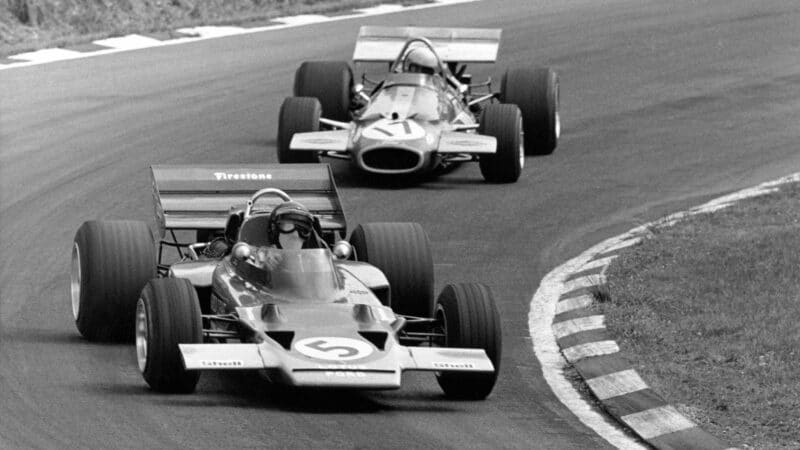
Rindt (leading) vs Brabham in the 1970 British GP
Grand Prix Photo
Those who read this column weekly, or follow me on Twitter/X (@TheBishF1), will know that Reutemann was my childhood hero, so hanging out with him and Windsor at Goodwood that day was a big deal for me. We chatted awhile, and I asked him about his Brabham days. He praised the 1974 BT44 and the 1975 BT44B, politely dissed the 1976 BT45’s Alfa engine, then suddenly said something like this, which foolishly I did not record in my diary at the time but I remember clearly 27 years later: “Brabham. Jack. He win in Kyalami in 1970. I was in Argentina. I hear the result on the radio: ‘Jack Brabham win in South Africa.’ Suddenly I feel, yes, this is what I have to do. I have to get to F1. I imagine Jack, fantastic driver, at Kyalami, fantastic circuit, in BT33, fantastic car, and I think: ‘I must get to F1. I must, I must.’” He did, he did.
Over the past month I have spent a bit of time with David Brabham, because he mentors Patrick Heuzenroeder, the 18-year-old GB3 racer, also from Australia, whom my comms and PR agency does some work for. Not long ago I asked David about his father. “Well, some people assume that my childhood hero was my dad, but he wasn’t really, because he retired when I was only five. My childhood heroes were Derek Bell and Jacky Ickx, in those beautiful Rothmans Porsches, then my teenage heroes were Ayrton Senna and Alain Prost. But, as I grew older, of course I began to realise what my dad had achieved. I used to look at all the trophies he had in our house, I learned what they all stood for, and, yeah, I became enormously proud of him. I still am. He was a three-time F1 world champion. He won an F1 GP at 44, at Kyalami, in 1970. He had two great races with Rindt that year, Monaco and Brands Hatch, neither of which he won, as we know, but he almost won both of them, and, yeah, to win an F1 GP at 44, that’s pretty phenomenal. I won Le Mans in 2009, when I was 43, so we Brabhams appear to age pretty well.”
Indeed they do. David is still racing now, at 58. His father, the great Sir Jack, made it to 88. Please raise a glass to him on Sunday, to toast the 10-year anniversary of the passing of one of the best we have ever seen.
